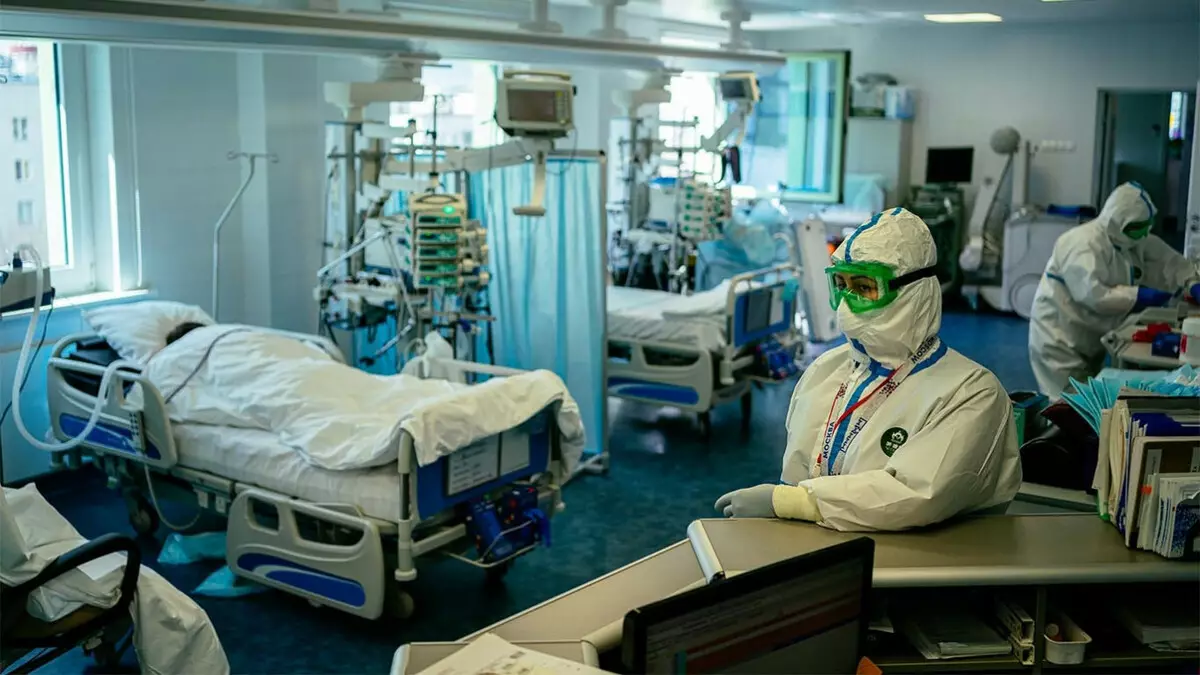
By the end of 2020, many countries, including Russia, moved to the vaccination of their citizens from Coronavirus. According to the latest estimates, in the world, more than 470 million injections were made for the prevention of COVID-19. However, questions remain: do vaccines really effective against new strains? Is it enough to obtain only the first dose (the main drugs in the West, as well as in Russia - two-component)? Will there be vaccination from infection? According to the results of research, vaccines protect against the disease by about 90-95% (Russian "satellite-V" - 91.6%, MODERNA (MRNA-1273) - 94.1%, Pfizer / Biontech (BNT162B2) - 95%), And from the hard form - 100%.
Yes, the likelihood that the attached person still picks up the infection remains. Researchers from a medical school at the University of California in San Diego and Medical School David Hepfen under the University of California in Los Angeles (USA) decided to explore this issue. In the report published in the NEW England Journal of Medicine magazine, they talked about the indicators of coronavirus infection among American medical professionals who have been vaccinated.
"Thanks to a compulsory daily examination for the presence of symptoms in medical staff, patients and visitors, as well as active testing, we were able to identify symptomatic and asymptomatic infections among medical professionals in our institutions," said one of the authors of the work, Joselin Keerner, Doctor of Medical Sciences and Medical Employee School of California University in San Diego. Experts have studied the United personnel data, which was given by the vaccines from Pfizer (developed jointly with the German startup BionTech) or ModernA from December 16 2020 to February 9, 2021: 36,659 people received the first dose, 28 184 - second (77%) . The period under review coincided with the outbreak of coronavirus in this part of the United States.
As it turned out, 379 people gave a positive result on SARS-COV-2 at least one day after vaccination, the majority - 71% - COVID-19 fell in the first two weeks after the first dose. Another 37 health workers diagnosed the disease after two injections (22 people were infected in the first seven days after the second vaccination, eight - after 8-14 days, and seven more than two weeks later), although it is assumed that the two components will ensure maximum immune protection. The risk is infected with coronavirus, despite the vaccination, amounted to 1.19% for employees of the institution in San Diego and 0.97% - for Los Angeles.
"There are several possible explanations. First, the surveyed medical workers have access to regular testing, even if they do not have symptoms. Secondly, during this period of time there was a sharp rise in incidence in the region, which coincided with vaccination campaigns. Thirdly, the demographic data of the physicians differ from the participants in the tests of the vaccine. The medical staff is usually younger and has a higher risk of SARS-COV-2 infection in society, "explained Lucy E. Horton, an associate professor of the department of infectious diseases and public health of the medical school in San Diego.
Indeed, the medical staff from the very beginning considered one of the main risk groups according to COVID-19, and young workers of health care facilities are more likely to visit public places, such as bars, cafes and restaurants, sometimes ignore the requirements to wear masks and comply with the social distance. In addition, collect data on the third phase of clinical trials of drugs MRNA-1273 and BNT162B2 stopped even the surge in the incidence in December-February, the authors of the report were reminded. And testing of potential asymptomatic media of the virus during tests was not at all.
Although the risk of infection and was not zero, the hope is inspired by the fact that the share of the sick after the second injection was minimal. This, according to the authors of the work, suggests that the effectiveness of vaccines remains and outside the test.
Source: Naked Science
